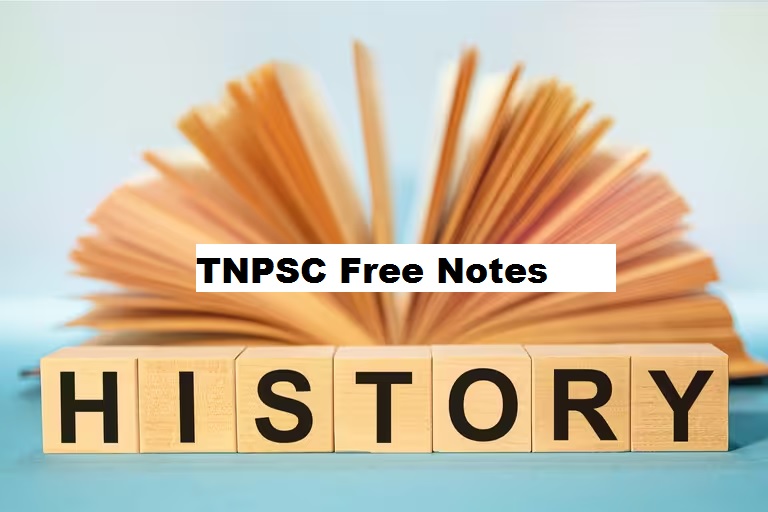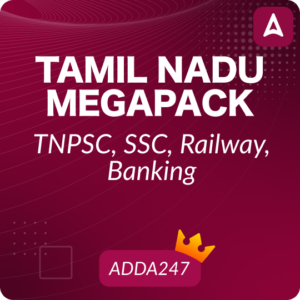இந்தக் கட்டுரையில், TNPSC குரூப் 1, குரூப் 2, குரூப் 2A, குரூப் 4 மாநிலப் போட்டித் தேர்வுகளான TNUSRB, TRB, TET, TNEB போன்றவற்றுக்கான முறைகள் இலவசக் குறிப்புகளைப் பெறுவீர்கள்.தேர்வுக்கு தயாராவோர் இங்குள்ள பாடக்குறிப்புகளை படித்து பயன்பெற வாழ்த்துகிறோம்.
Chola Art, Architecture & Literature
Temples
The Cholas built and patronized innumerable temples.
The royal temples in
Thanjavur
Gangaikonda Chozhapuram
Darasuram, are the repositories of architecture, sculpture, paintings, and
iconography of the Chola arts.
The temples became the hub of social, economic, cultural, and political activities.
In the initial stages, architecturally, the Chola temples are simple and modest.
The prime temple officials were
Koyirramar
Koyilkanakku (temple accountant)
Deva-Kanni (agent of god)
Srivaisnavar
Cantesar (temple manager) and others.
They promoted the development of learning, dance, music, painting, and drama.
A play called Rajarajanatakam, based on the life of Rajaraja I, was performed in the
Thanjavur temple.
Festivals – Chithirai Tiruvizha, Kartigai and Aippasi vizha.
Traditional dances – Kudak-kuthu and Sakkaik-kuthu were portrayed in the form of
sculptures and paintings in the temples in Kilapalivur, Tiruvorriyur.
The pastoral group, as a mark of devotion, donated livestock of specified number to the
temples to maintain the perpetual lamp to be lit in the temple.
To record their gift, their names were engraved in the inscriptions of the royal temple.
Thus, they earned royal affinity.
The oil pressers called Sankarapadiyar supplied oil to the temple and became part of the
functionaries of the temples.
In times of famine, some of them sold themselves to the temple as servants.
Temples functioned as banks by advancing loans and by purchasing and receiving
endowments and donations.
They also became educational centers as training was imparted in Vedas, music, and the
arts.
Sculpture and metalwork too were promoted.
Temple accounts were audited and the auditor was called Koyilkanakku.
Peruvudaiyar Temple
The Grand Temple of Thanjavur, known as Rajarajisvaram and Brihadishvarar Temple,
stands as an outstanding example of Chola architecture, painting, sculpture, and
iconography.
Built with the prelude of Tamil words.
13 storeyed tower with the vimanam.
The sanctum with a vimana of 190 feet is capped with a stone weighing 80 tons.
This was placed at the top by building a huge sand bridge by making a slanting curve
from Sarapallam, a village 6 km away from the temple.
This was considered to be the epitome of success built-in 1010 CE.
The fresco paintings and the miniature sculptures of the scenes from Puranas and epics
in the temple walls reveal the religious ideology of the Chola rulers.
It consists of the
Vimana
Ardhamandapa
Mahamandapa
Nandi mandapa – large pavilion in the front.
Gangaikonda Chozhapuram
In commemoration of his victory in North India, Rajendra I built Gangaikonda
Chozhapuram on the model of Brihadisvarar temple in Thanjavur.
The walls of the Chola temples such as the Thanjavur and Gangaikondacholapuram
temples contain numerous icons of large size with fine execution.
Darasuram Temple
Darasuram Temple, built by Rajaraja II (1146–1172).
Incidents from the Periyapuranam, in the form of miniatures, are depicted on the base
of the garbha-griha (sanctum sanctorum) wall of the temple.
Art
The bronzes of the Chola period are world-famous.
The bronze statues of Nataraja or dancing Siva are masterpieces.
The Chola paintings were found on the walls of Narthamalai and
Tanjore temples.
Education and Literature
Education was also given importance.
Besides the temples and mathas as educational centers, several educational institutions
also flourished.
The great literary works
Kamba Ramayanam – Kambar
Periyapuranam or Tiruttondarpuranam – Sekkilar belong to this period.
Rajendra I established a Vedic college at Ennayiram (South Arcot district).
There were 340 students in this Vaishnava center, learning the Vedas, Grammar and
Vedanta under 14 teachers.
The inscriptions at
Ennayiram
Thirumukkudal
Thirubhuvanai, provide details of the colleges that existed in these places.
In Sanskrit centers, subjects like Vedas, Sanskrit grammar, religion, and philosophies
were taught.
Apart from the Vedas and Epics, subjects like mathematics and medicine were taught in
these institutions.
The endowment of lands was made to run these institutions.
The development of Tamil literature reached its peak during the Chola period.
Prominent literary works
Kalingattupparani – Jayankondar, describes the Kalinga war fought
by Kulotunga I.
Sivakasintamani and Kundalakesi – Thiruthakkadevar
The Moovarula – Ottakuthar, depicts the life of three Chola
kings.
The Nalavenba – Pugalendi.
Tamil grammar works
Kalladam – Kalladanar
Yapperungalam – Amirthasagarar
Nannul – Pavanandhi
Virasoliyam – Buddhamitra
The End of Chola Rule
The Chola dynasty was paramount in South India from the ninth to the thirteenth
centuries.
By the end of the twelfth century, local chiefs began to grow in prominence, which
weakened the center.
With frequent invasions of Pandyas, the once-mighty empire, was reduced to the status
of a dependent on the far stronger Hoysalas.
With Kanchipuram lost earlier to the Telugu Cholas, the remaining Chola territories
passed into the hands of the Pandyan king.
In 1264, the Pandyan ruler, Jatavarman Sundara Pandyan I, sacked the Chola’s capital of
Gangaikonda Chozhapuram.
1279 marks the end of the Chola dynasty when King Maravarman Kulasekara Pandyan I
defeated the last king Rajendra Chola III and established the rule by Pandyas.
**************************************************************************
| Adda247 TamilNadu Home page | Click here |
| Official Website=Adda247 | Click here |




